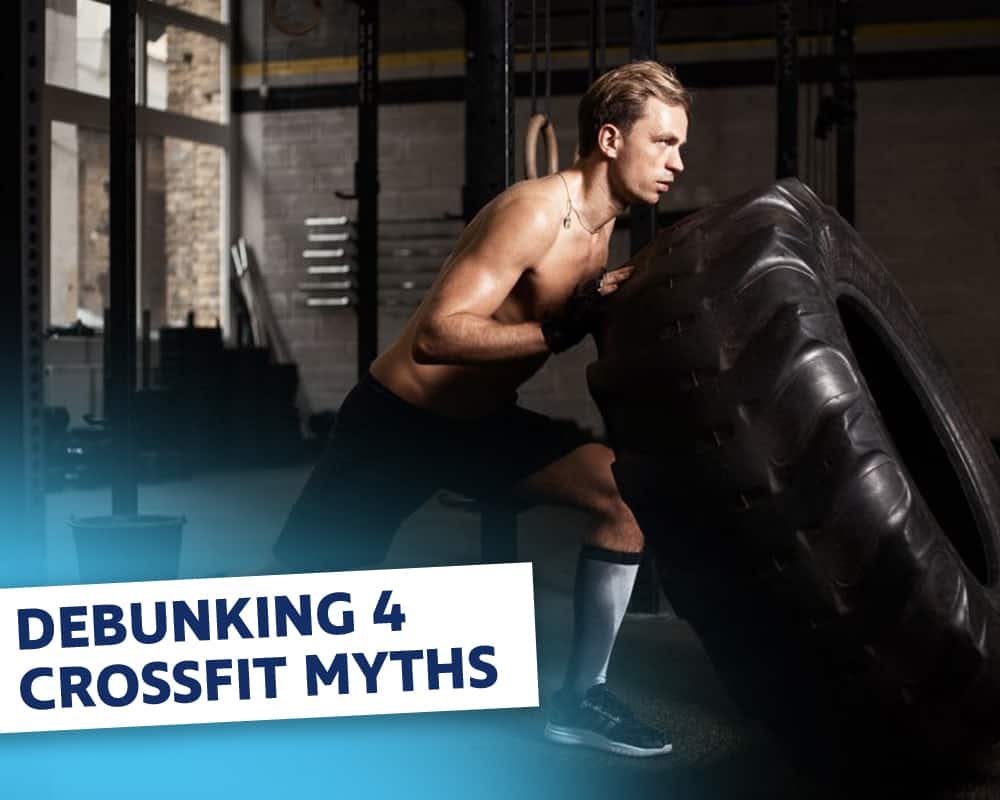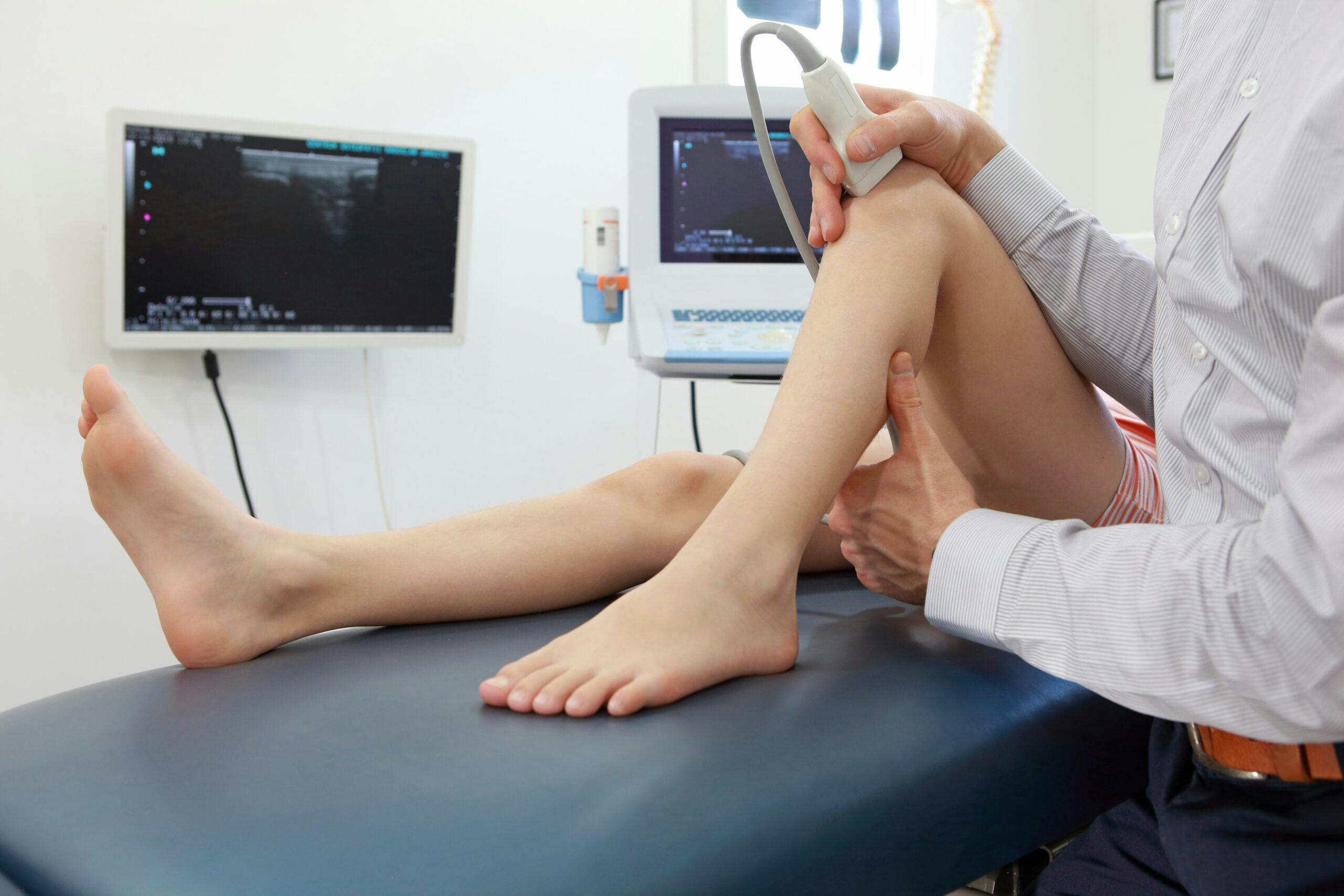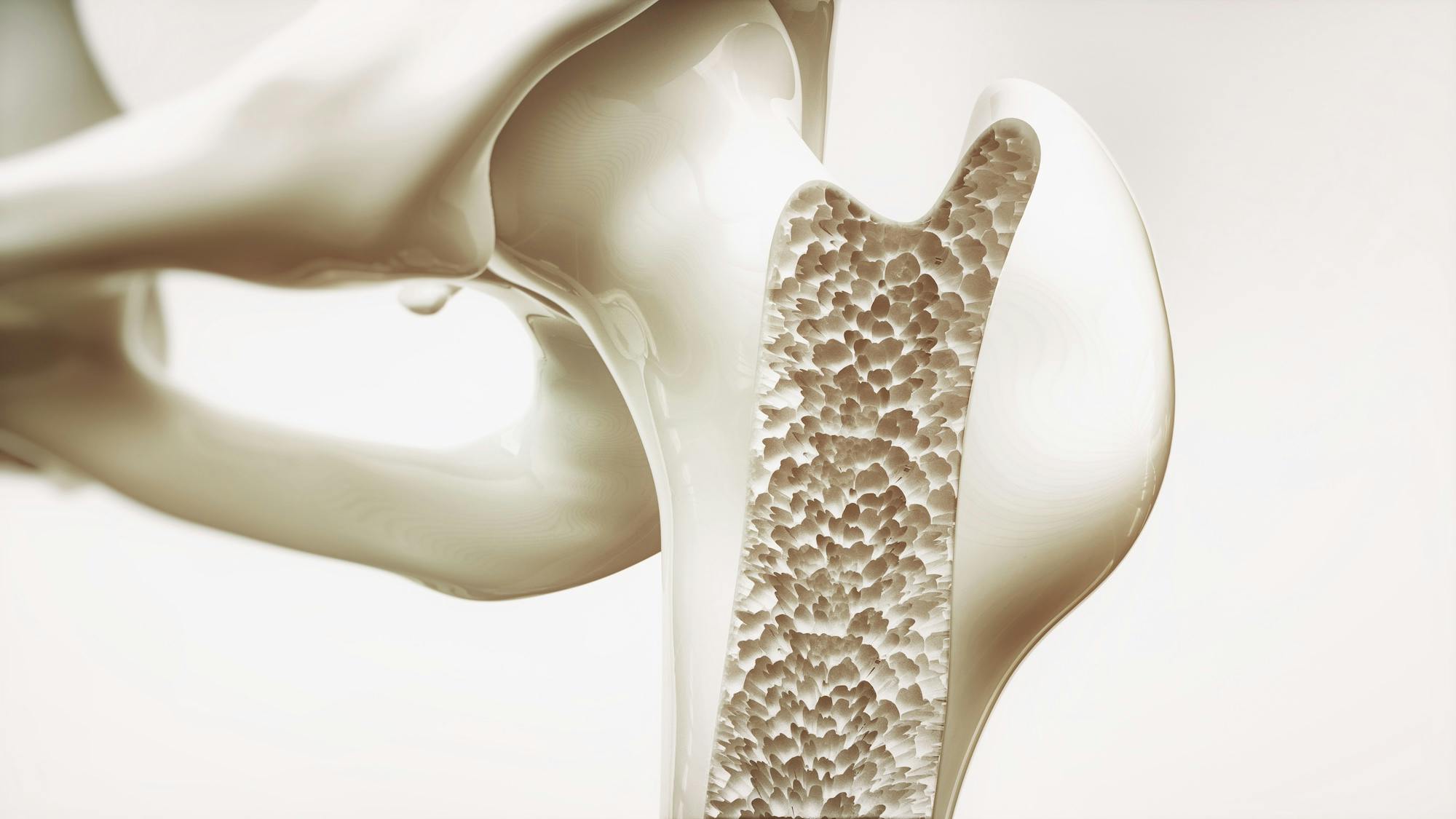- Blog
Debunking 4 CrossFit Myths
Posted on 11-26-2025 in CrossFit by Dr. Chris O'Grady

Posted on 11-26-2025 in CrossFit by Dr. Chris O'Grady
For thousands of athletes around the globe, CrossFit has made a tremendous impact on their physical health and truly becomes a way of life.
But for those outside the CrossFit world not familiar with its methods and goals, misconceptions about the safety and benefits of the workouts may keep them from participating.
The truth is, the intensity, camaraderie and strategies of CrossFit help many athletes achieve and even surpass fitness goals. The workouts improve fitness by combining elements of gymnastics, weightlifting, running and rowing, among other sports. CrossFit focuses on 10 fitness domains, including balance, flexibility, power and speed.
Let’s set the record straight on some of the myths surrounding CrossFit.
CrossFit makes your body overly muscular
In fact, CrossFit routines are geared more for developing lean muscle power than for bulking up. That power is developed while focusing on multiple functional movements, as opposed to overworking one muscle group with select repetitive exercises. Think of a swimmer compared
with someone who focuses exclusively on lifting heavier and heavier weights.
CrossFit is based on “bunk” information and has no scientific validity
Multiple studies have shown high-intensity workouts like CrossFit can improve fitness at all levels, including improvements in body composition, aerobic fitness, endurance and power output.
According to the American College of Sports Medicine, high-intensity interval training (HIIT) can improve:
• Aerobic and anaerobic fitness
• Blood pressure
• Cardiovascular health
• Insulin sensitivity (which helps exercising muscles more readily use glucose for fuel to make energy)
• Cholesterol
• Abdominal fat and body weight while maintaining muscle mass.
Every CrossFit trainer is created equal
As with any other sport, the skills, experience and approach of every trainer can vary. “Shop around” carefully when selecting a gym – or “box” as it's called in CrossFit – to make sure the trainers you’ll be working with are top notch. You can also look for a trainer with credentials beyond CrossFit certifications, and trainers who are aggressively learning how to safely improve their workouts of the day (WODs).
CrossFit programs are expensive
Costs can vary from one location to another, but in general, it’s on a par with most bootcamp programs and upscale gyms. The expensive part can come if you get hurt. So be careful!

Musculoskeletal ultrasound imaging offers orthopaedic patients safe, painless, and real-time imaging, without any harmful ionizing radiation or the need for uncomfortable positioning. As the first sports medicine physician in the region to utilize ultrasound for diagnostic and therapeutic purposes, Dr. Josh Hackel’s commitment to innovation has improved the accessibility of care for his patients.

According to the American Academy of Orthopaedic Surgeons, approximately 2 million older Americans sustain fractures yearly due to weak bones. By 2025, that number is predicted to rise to 3 million fractures annually. At North Florida Bone & Joint Specialists, we recognize the importance of maintaining strong bones, particularly as you age. In honor of Healthy Aging Month, the following tips can help you maintain, and even improve, your bone strength:

We see our share of broken bones as an orthopaedic and sports medicine practice. From the high school baseball player who collided with first base a little too hard to the avid DIY’er who took a tumble from an unsecured ladder and everything in between, we’ve seen it all. As we age, we also gradually lose bone mass, which occurs as small amounts of healthy bone are absorbed into your body as small amounts are replaced. When more bone is absorbed than is replaced, the density (bone mass) is reduced. Osteoporosis develops when the bone is no longer replaced as quickly as it is removed, and over time, it causes the bone to become progressively weaker, increasing the risk that it may break.